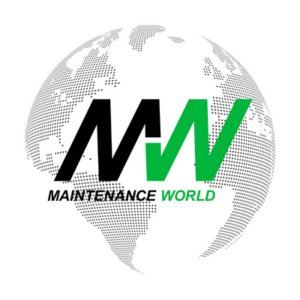Revolutionizing Train Maintenance: 3D Printing Redefines Spare Parts Procurement
Natalie Johnson
Posted on 8/23/23
Running low on spare parts? Just pop into the warehouse and fire up the printer. That’s what one company, Deutsche Bahn (DB) is doing, and the results are nothing short of extraordinary. With the power of 3D printing, DB has successfully produced a total of 100,000 spare parts ushering in a new era of efficiency, cost savings, and resource optimization in train maintenance operations.
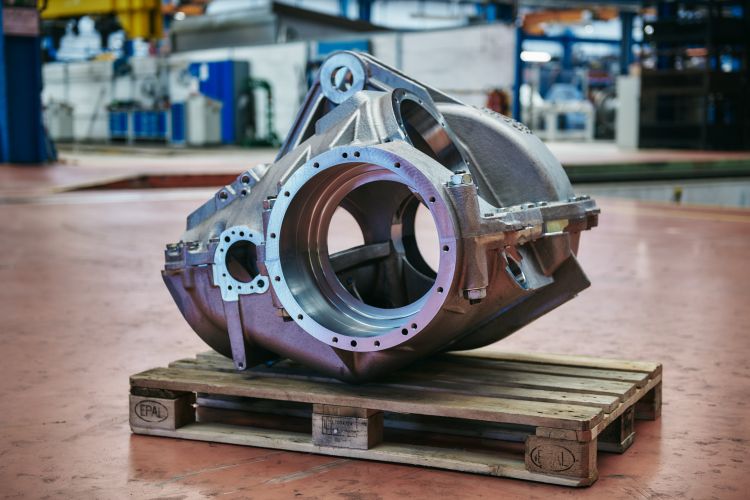
Among the remarkable 3D printed spare parts, the 100,000th component stands out – a gear housing for shunting locomotives. The gear housing, weighing a hefty 570 kilograms and boasting a volume of nearly one cubic meter, is the largest and heaviest 3D-printed part produced by DB. This part is crucial for the operation of a shunting locomotive, as the absence of this vital component renders the vehicle immobile.By harnessing the capabilities of 3D printing, Deutsche Bahn eliminates the need for extensive inventories and long lead times associated with traditional procurement methods. Crucial parts, like the gear housing mentioned above, can now be delivered in just 2 months, shaving 8 months off average delivery times. The production of spare parts has become a seamless process, as virtual technical drawings stored in a digital warehouse can be swiftly transformed into physical components.
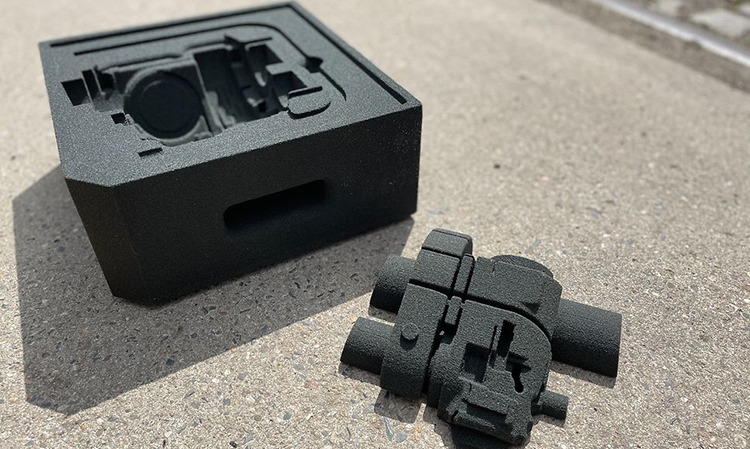
Metal components are produced using powder methods, additive manufacturing offers the advantage of optimizing vulnerable areas in spare parts prone to faults. This addresses wear from the beginning of the manufacturing process which involves an indirect 3D printing technique known as binder jetting. This method combines a powdered starting material with a liquid binding agent to create the mold for the desired shape. Before the parts are used in the field they go through extensive testing, such as fatigue resistance tests, to ensure their strength and durability.
Currently, DB has 1,000 virtual models stored in their digital warehouse, by 2030 they anticipate stocking nearly 10,000 different component models. Storing the blueprints for these parts in a digital warehouse minimizes storage costs, saves logistics space, and shortens the delivery time for parts.
Beyond the immediate benefits of streamlined production, 3D printing offers a host of advantages to the railway industry. Unlike traditional manufacturing methods, 3D printing utilizes only the necessary amount of raw materials, minimizing waste and maximizing resource utilization. This not only contributes to cost savings but also extends the life cycle of vehicles by enabling the production of components that are no longer available from the OEM.
With 3D printing at the helm of train maintenance, spare parts production has never been more accessible, efficient, and cost effective.
Information in this article is from these sources:
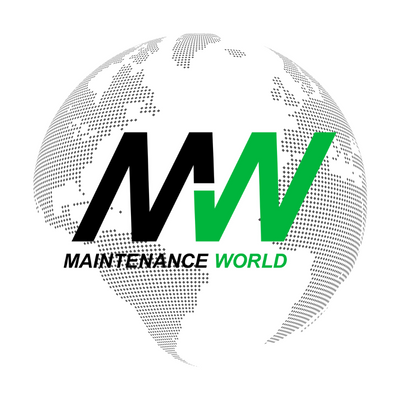
Midweek with Maintenance World
Looking for a midweek break? Keep up with the latest news brought to you every Wednesday by the Maintenance World crew.

Natalie Johnson
Natalie Johnson is the previous editor/website administrator for MaintenanceWorld.com, and is currently a student at Campbell University Norman Adrian Wiggins School of Law.
Related Articles

Cardinal Manufacturing, Helping to Bridge the Manufacturing Skills Gap

South Carolina Ranked as the #1 State for Manufacturing
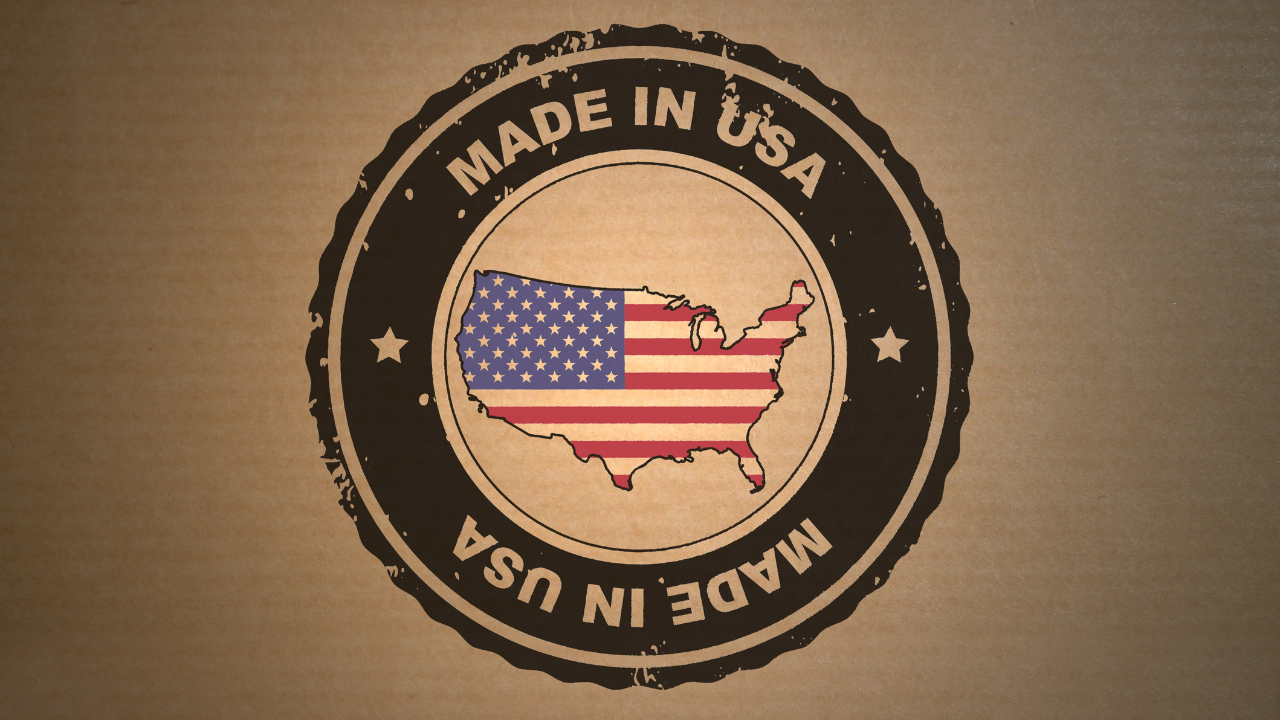
The Decade of American Reshoring
Lost Radioactive Capsule Proves Preventive Maintenance is as Important as Ever
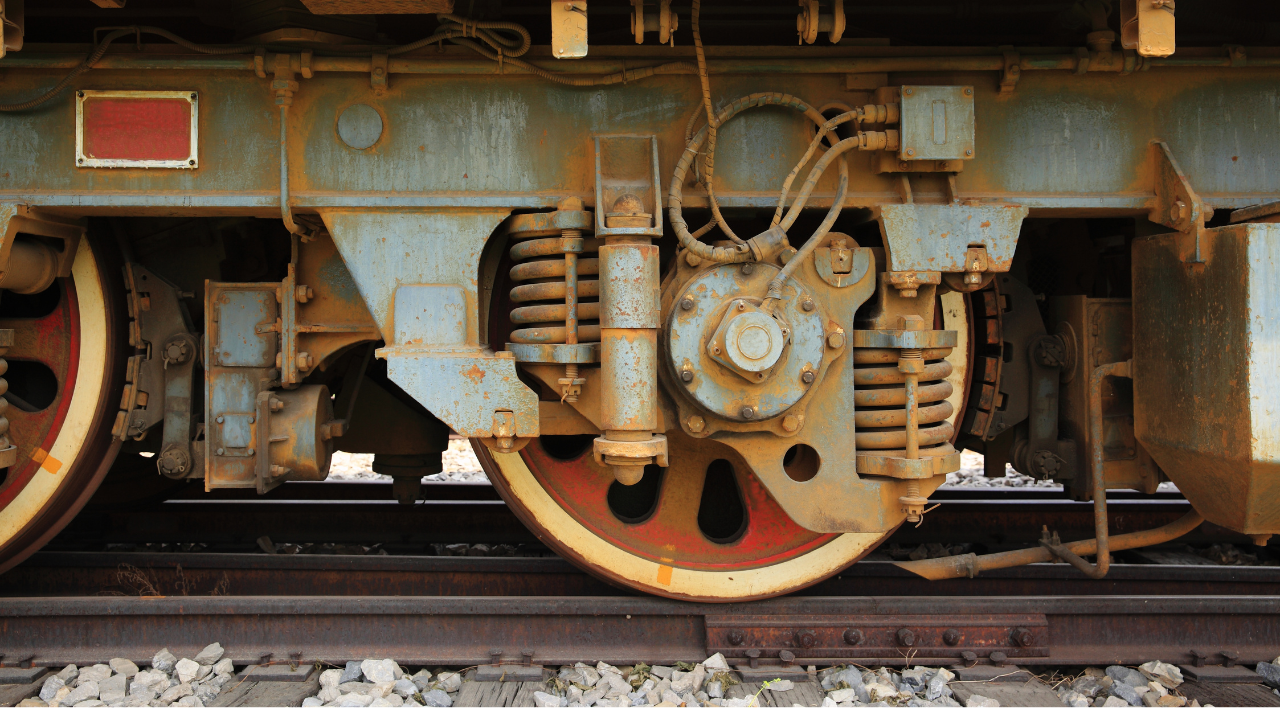
HBD Condition Monitoring Devices at the center of Ohio Derailment
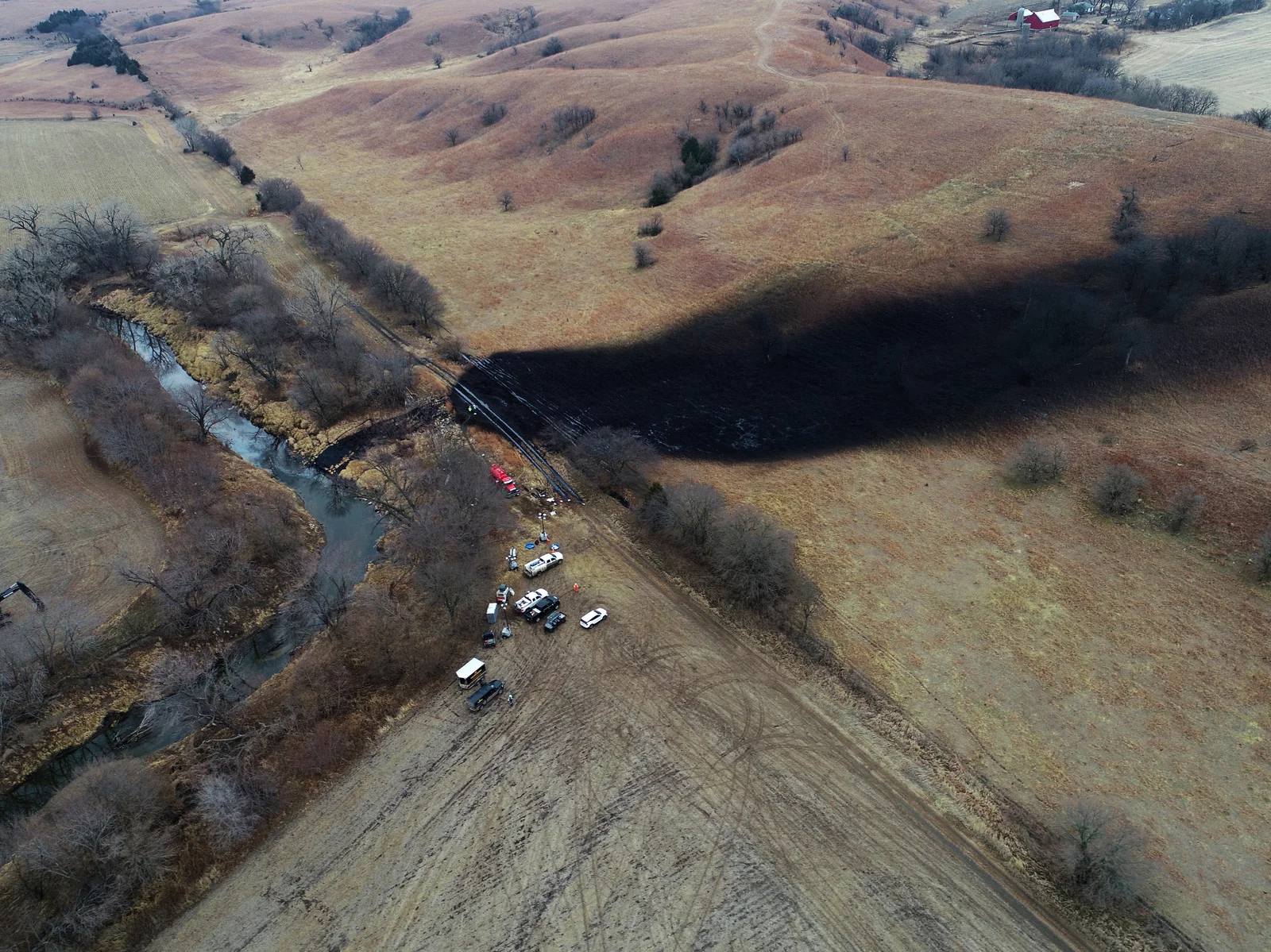
Failure Analysis Uncovers the Cause of the Keystone Oil Spill




